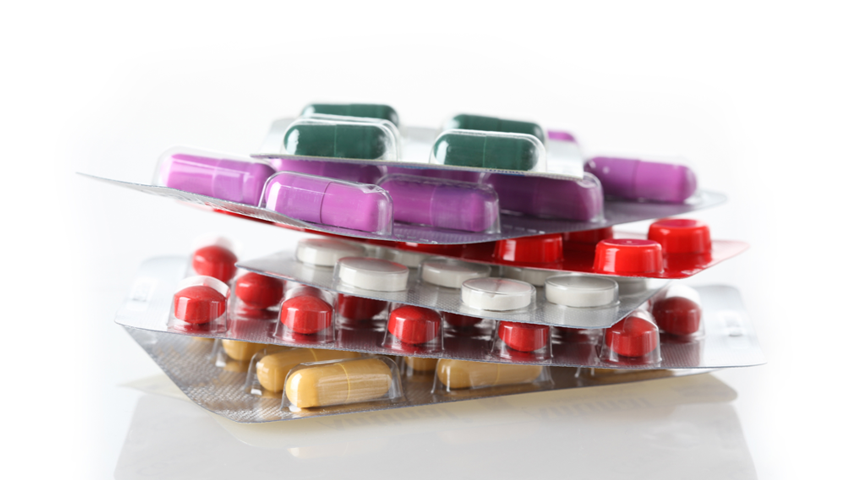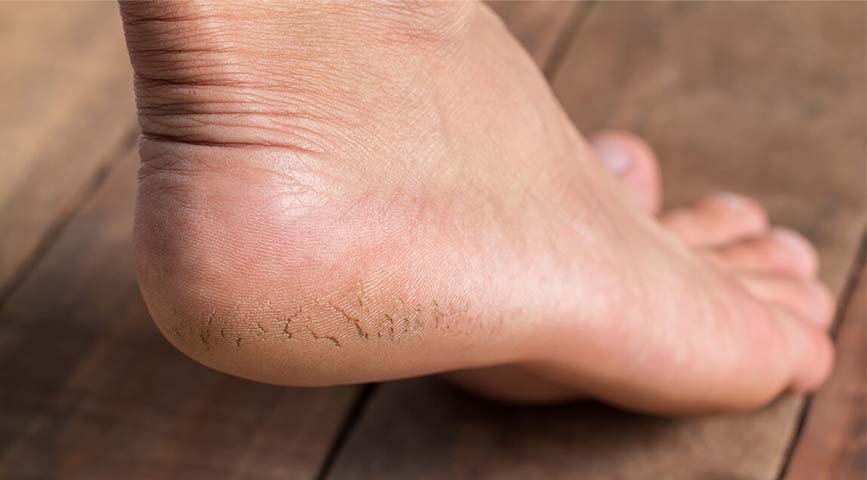20
Oct
The Best Way To Dye It Yourself
It's sometimes hard to tell how the hair colour will turn out just by looking at the chart or the hair
dye box. Having gone for other types of chemical processing recently (e.g. perming) can also change
the way your hair reacts to the dye.
One way to ensure that you are choosing the right colour is to consult a hairstylist about the shades
that are good for your hair type and skin tone.
The perfect DIY set
When shopping for DIY hair shades, remember to look for complete sets, or ask the hair colour
consultant for help with products that complement the job.
A perfect set should have:
- A serum to be applied before applying the dye
- A special conditioner for intense hydration
- A treatment mask for use once a day or week
- Complementary products that help your hair colour stay longer and look vibrant (e.g. after- care shampoo for coloured hair)
Share this post
RELATED
Posts
Why You Should Choose Generic Medicines
With nearly 8 in 10 filled-out prescriptions prescribing generic medicine, the term “generic drug” or “generic medicine” is most likely something you have...
Vaginal Discharge
Vaginal discharge produced by the vaginal and cervical glands is essential in maintaining a healthy female reproductive system. The amount of discharge and...
Cracked Heels Woes
Ever looked down at your feet and felt flustered by the sight staring back at you? As a woman, wearing the perfect pair...





